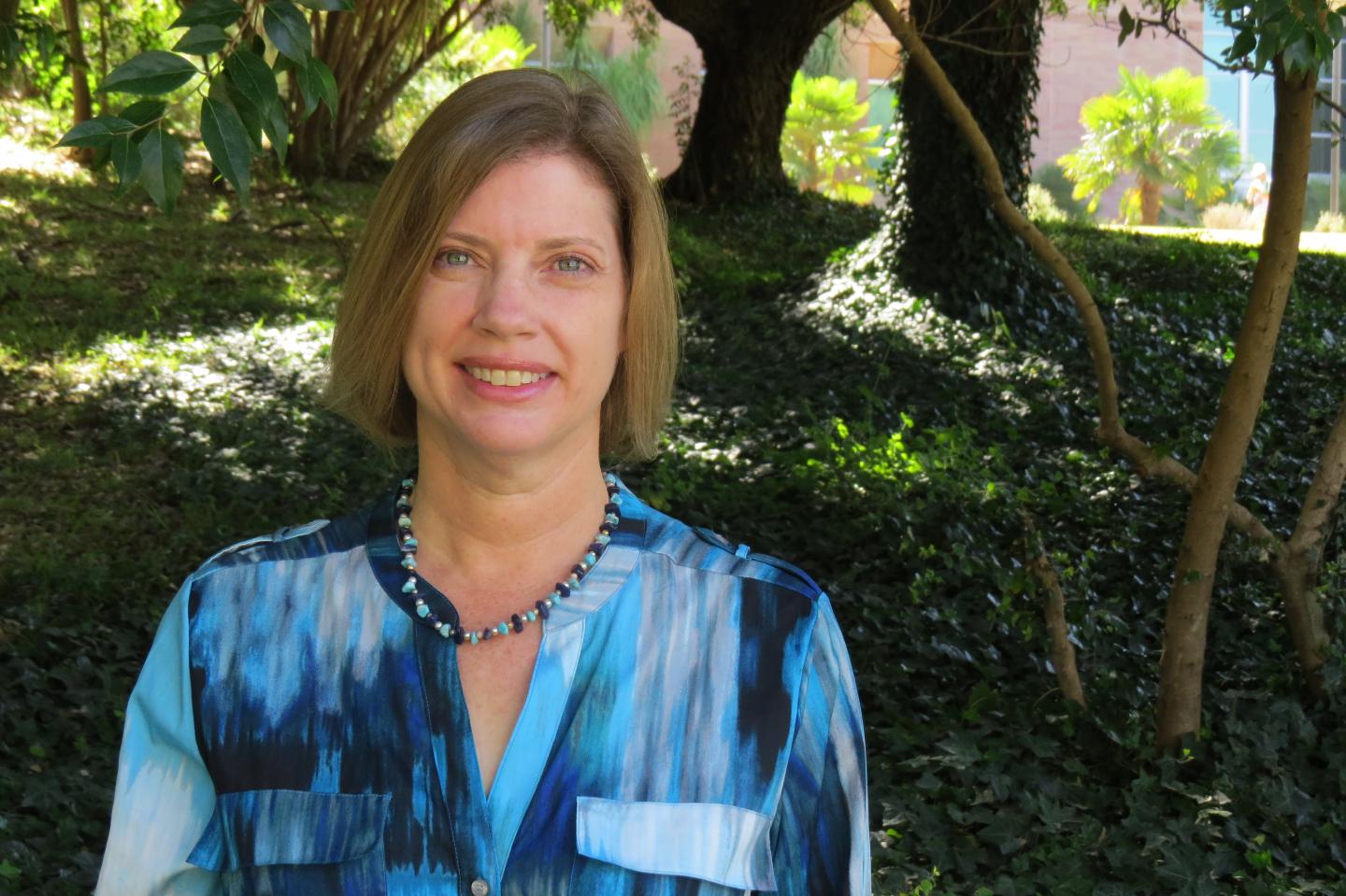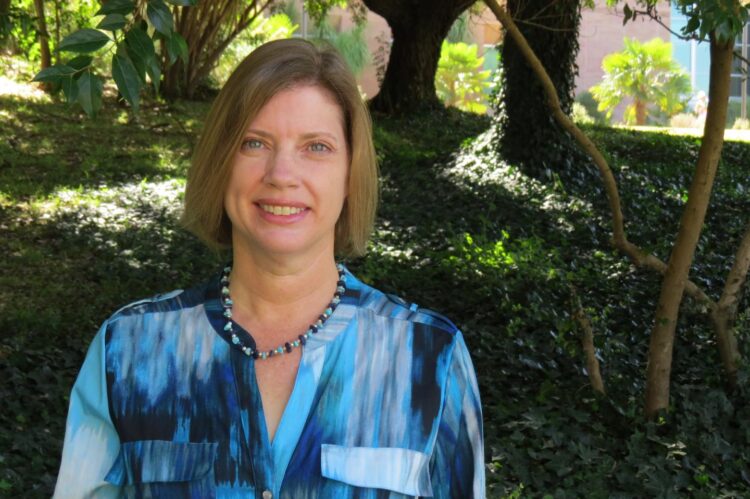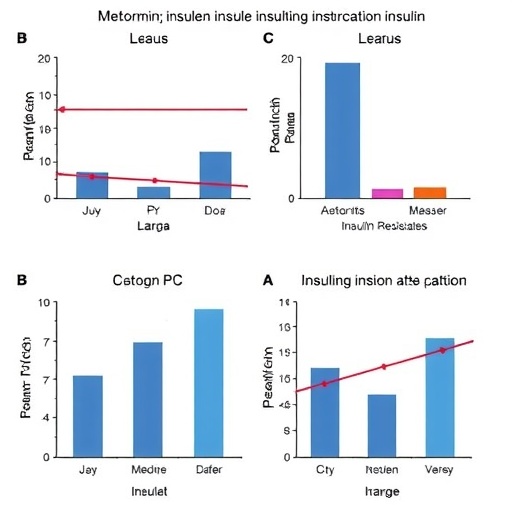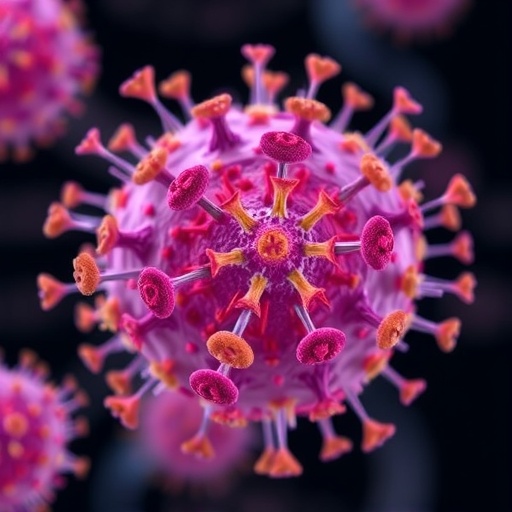UC Riverside-led study evaluated individual differences in DNA methylation across 10 years in two Scandinavian samples of same-sex aging twins

Credit: UC Riverside.
RIVERSIDE, Calif. — How we adapt to aging late in life may be genetically influenced, according to a study led by a psychologist at the University of California, Riverside.
The research, published in Aging Cell, has implications for how epigenetic factors relate to aging. Epigenesis is a process in which chemicals attached to DNA control its activity. Epigenetic changes, which can be passed on to offspring, may be critical to accelerated aging as well as declines in cognitive and physical functioning that often accompany aging. Epigenetic modifications resulting in altered gene expression may occur due to a number of biological processes, including one the researchers focused on: DNA methylation.
In DNA methylation, methyl groups are added to the DNA molecule. DNA has four different types of nucleotides: A, T, G, and C. DNA methylation occurs at the C bases of eukaryotic DNA. Changes in DNA methylation correlate strongly with aging.
Chandra Reynolds, a professor of psychology at UCR and her colleagues considered DNA methylation across a 10-year span in 96 pairs of same-sex aging Swedish and Danish twins — the first longitudinal twin study to establish the extent to which genetic and environmental influences contribute to site-specific DNA methylation across time.
They found individual differences in blood DNA methylation measured at more than 350,000 sites in the aging twins across the epigenome are partly heritable in late life and longitudinally across a decade — ages 69 to 79. These findings can help scientists better understand the genetic and environmental contributions to the stability and dynamics of methylation in aging and sets a stage for future work in diverse populations.
“We also found methylation sites previously associated with age and included in methylation ‘clocks’ are more heritable than the other remaining sites,” said Reynolds, an expert on cognitive aging, who led the research. “The sites evidencing the greatest heritability reside in genes that participate in immune-inflammatory as well as neurotransmitter pathways. Sites that show less stability in methylation across 10 years reside in genes that participate in stress-related pathways.”
The finding that age-related sites are among the most heritable supports the genetic regulation of biological aging rates, including regulation of how well people respond to environmental challenges, such as exposures to viruses like SARS-Cov-2, the virus that spreads COVID-19.
“Altered methylation patterns have been observed with aging, and as methylation differences may result in part from our experiences and behavior, they may be modifiable,” Reynolds said. “Our results highlight that even in late life, amid the ‘slings and arrows of outrageous fortune,’ some of the individual differences in methylation are moderately heritable and contribute to methylation patterns 10 years later.”
Reynolds further explained that genetic influences contribute to stability while nonshared factors accumulate in importance with age, signaling an increasing diversity of how people respond to environmental exposures. Heritability is due generally to stable genetic contributions, she said, but with an increasing role of nonshared environmental factors — those unique to a person and not shared with her siblings — across age.
According to Reynolds, DNA methylation sites related to aging are more heritable overall. This is consistent with the genetic regulation of biological aging rates, perhaps including sites in genes involved in immune-inflammatory pathways and neurotransmitter pathways, and explains how people adapt to health and aging conditions.
“The most heritable sites may participate in these pathways, which suggests that adaptions to aging and senescence may be differentially impacted by genetic background,” she said. “That the most heritable or familial sites lie within genes that participate in immune-inflammatory pathways suggests that how we adapt to aging processes, including resistance to — or challenges from — illness, may be partly genetically regulated.”
###
Reynolds was joined in the study by Elizabeth Munoz at UCR; Qihua Tan, Jacob Hjelmborg, and Lene Christiansen at the University of Southern Denmark; and Juulia Jylhävä, Sara Hägg, and Nancy L. Pedersen at Karolinska Institutet in Sweden.
Twins were selected from the Swedish Adoption Twin Study of Aging and the Longitudinal Study of Aging Danish Twins. The collaborative work in this study was supported in part by the National Institute on Aging.
The title of the research paper is “A decade of epigenetic change in aging twins: Genetic and environmental contributions to longitudinal DNA methylation.”
The University of California, Riverside (http://www.
Media Contact
Iqbal Pittalwala
[email protected]
Related Journal Article
http://dx.





